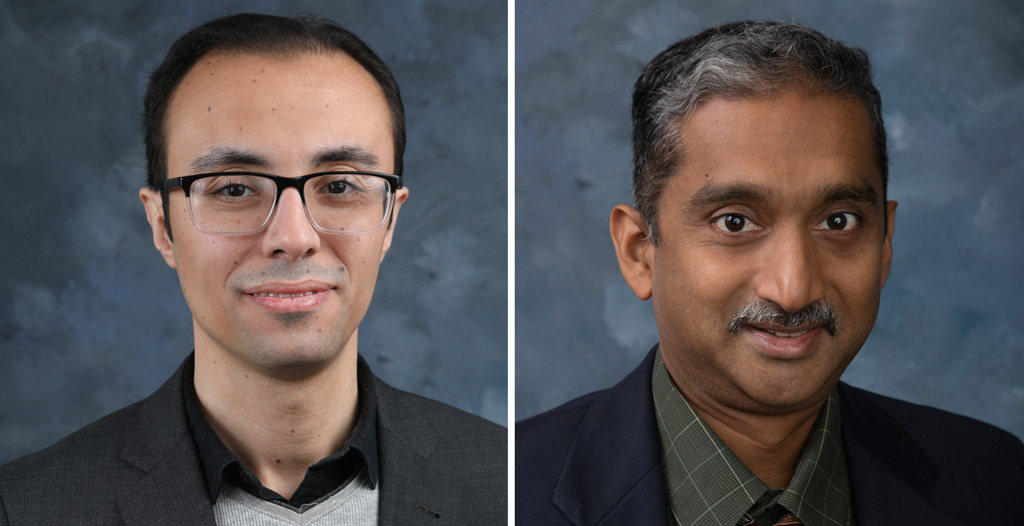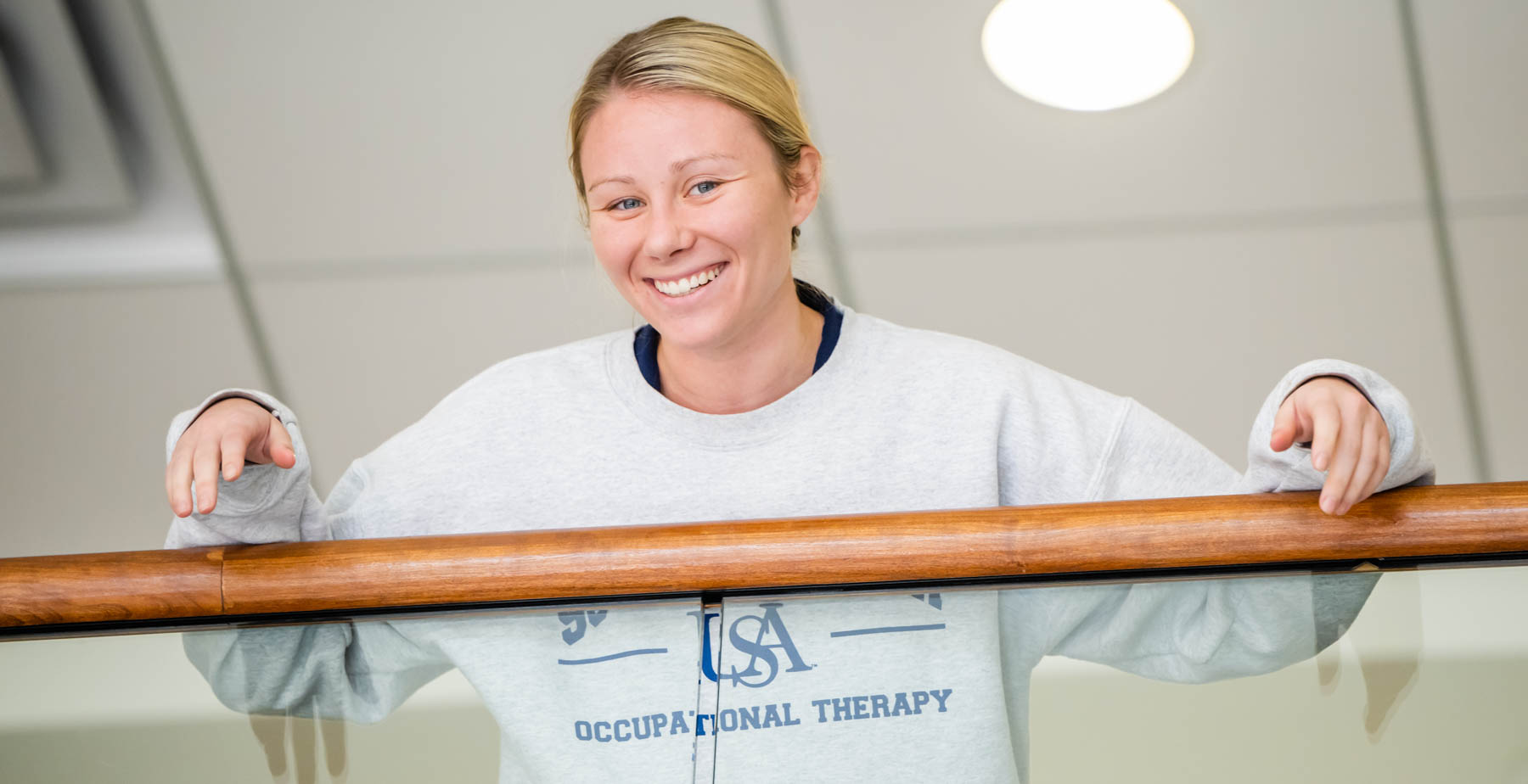South Engineers Win ‘Living With a Star’ Grant from NASA
Posted on July 9, 2024

The University of South Alabama has been awarded a NASA ‘Living With a Star’ grant worth $635,000 over four years. The ‘Living With A Star’ program targets specific aspects of the Sun-Earth system that affect life and society.
The grant is for a project combining physics modeling and artificial intelligence for better detection and understanding of substorms, which are geomagnetic events in the earth's protective magnetosphere. Often referred to as space weather, substorms are brief solar events that can interfere with satellite electronics, GPS signals and even electrical power grids.
“Occasional energy bursts resulting from huge explosions on the sun send plasma and radiation hurtling through our solar system,” said Dr. Edmund Spencer, associate professor of electrical engineering and principal investigator of the project. “Solar flares, coronal mass ejections and solar prominence events are examples of solar phenomena that can release these energy bursts toward Earth and create space weather storms.”
Dr. Mohamed Shaban, an assistant professor of electrical and computer engineering, will serve as a co-investigator of the NASA project. Shaban will be responsible for proposing novel machine and deep-learning frameworks – artificial intelligence – that can be applied on magnetic field measurements recorded at ground stations or using different satellites as well as auroral images captured using ground-based imagers to predict the onset of geomagnetic substorms.
“The project may generate computational tools that use artificial intelligence to predict geomagnetic substorms at least one hour in advance, and that may help limit the threats that the substorms pose to satellite operations and infrastructures,” Shaban said.





